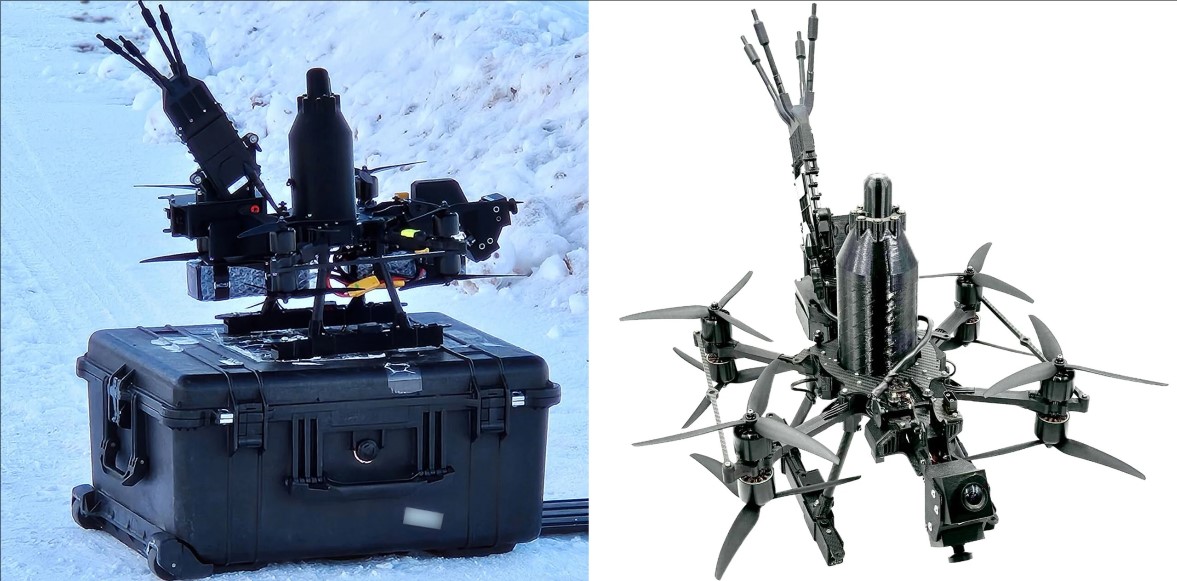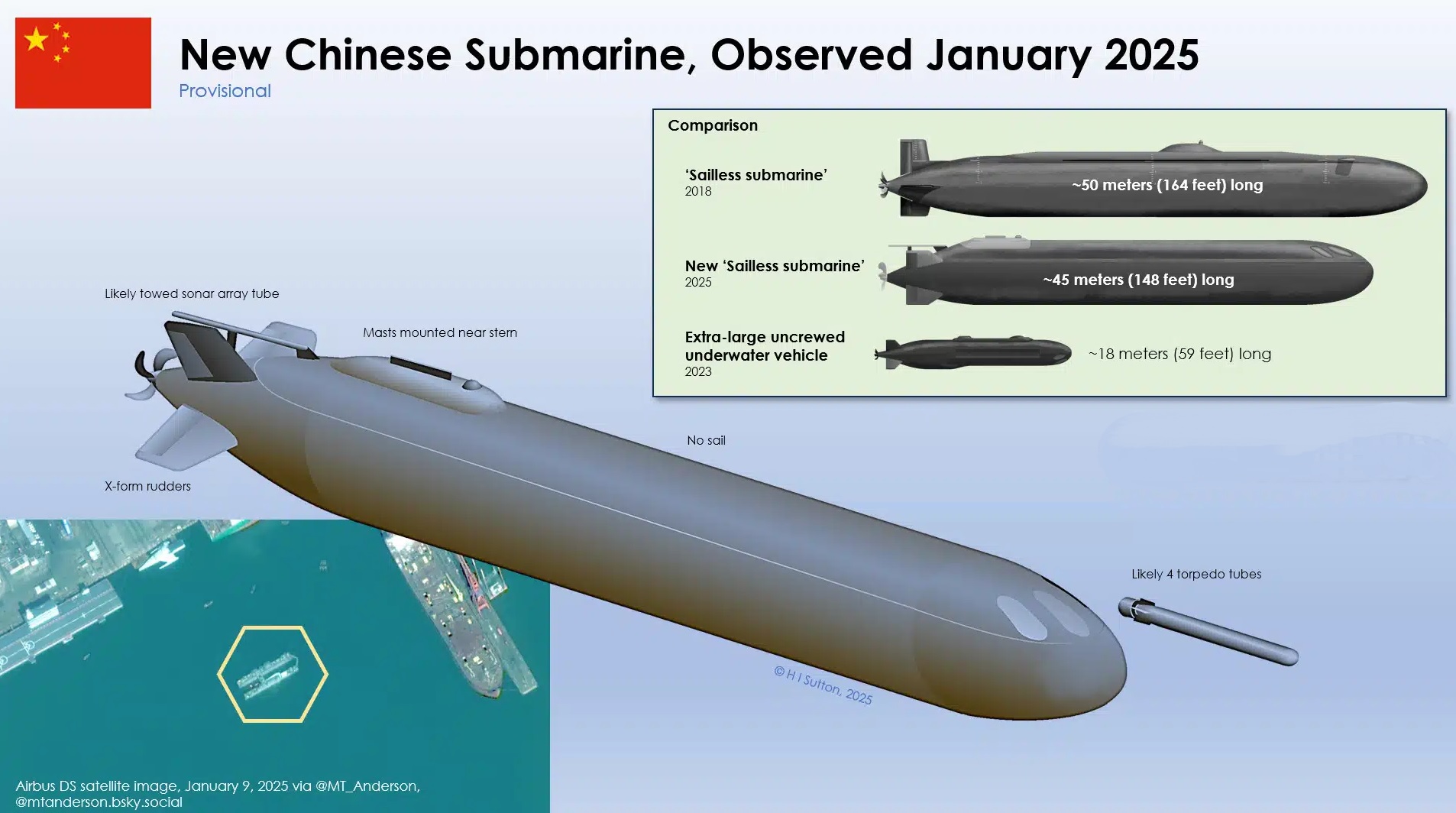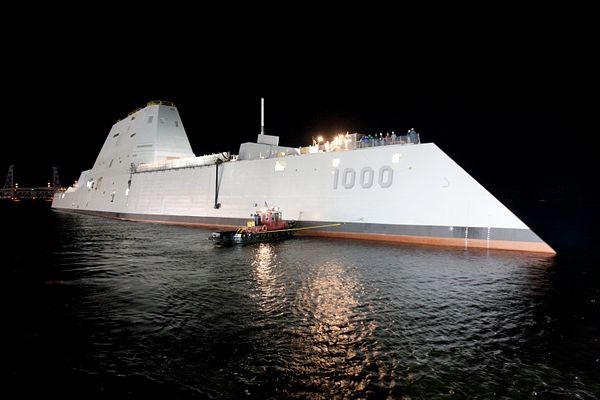Aditya L1 Spacecraft Successfully Enters Final Halo Orbit.

Space News ,India :- In a historic achievement, the Indian Space Research Organisation (ISRO) orchestrated a pivotal maneuver on Saturday, successfully positioning the Aditya-L1 spacecraft, the nation inaugural space-based solar observatory, into its designated orbit at Lagrange Point 1, situated approximately 15 lakh kilometers away from Earth.
Prime Minister Narendra Modi was the first to share the groundbreaking news online, as ISRO maintained its characteristic silence on social media and mainstream platforms, leaving the eager audience without live updates. CNN News-18, however, took the lead by broadcasting a live show, ensuring viewers were informed of the mission success – a commendable effort by the news network.
Understanding Lagrange Point 1:
Lagrange Point 1, also known as L1 point, is one of five equilibrium positions in the Earth-Sun system. Positioned between the Earth and the Sun, about 15 lakh kilometers away from Earth, L1 experiences gravitational forces from both celestial bodies that counteract the centrifugal force, providing a stable position for objects.
ISRO Strategic Choice for Aditya-L1:
ISRO strategically placed Aditya-L1 at Lagrange Point 1 due to the unique stability offered by this position in the Earth-Sun system. The gravitational forces at L1 create a stable environment, making it an ideal location for scientific observations and space missions. Aditya-L1, free from eclipses, is poised to unravel solar mysteries with unprecedented clarity.
The Aditya-L1 mission aims to achieve several scientific objectives:
1. Study the dynamics of the solar upper atmosphere, including the chromosphere and corona.
2. Investigate chromospheric and coronal heating, physics of partially ionized plasma, coronal mass ejections, and flares.
3. Observe in-situ particle and plasma environments for the study of solar wind dynamics.
4. Explore the physics of the solar corona and its heating mechanism.
5. Diagnose the plasma in coronal loops, measuring temperature, velocity, and density.
6. Examine the development, dynamics, and origin of coronal mass ejections (CMEs).
7. Identify processes leading to solar eruptive events at multiple layers (chromosphere, base, and extended corona).
8. Map magnetic field topology and measure magnetic fields in the solar corona.
9. Investigate the drivers for space weather, including the origin, composition, and dynamics of solar wind.
Aditya-L1 127-Day Journey into Space: A Detailed Timeline
The journey began on September 2 with the successful launch of PSLV-C57, placing Aditya-L1 precisely into its intended orbit. Subsequent milestones include Earth-bound maneuvers, trajectory corrections, and operational readiness of various scientific payloads, culminating in the complex maneuver on January 6, where ISRO inserted Aditya-L1 into a halo orbit around Lagrange Point 1. Today, Aditya-L1 stands ready to revolutionize our understanding of the Sun from its unique vantage point in space.



